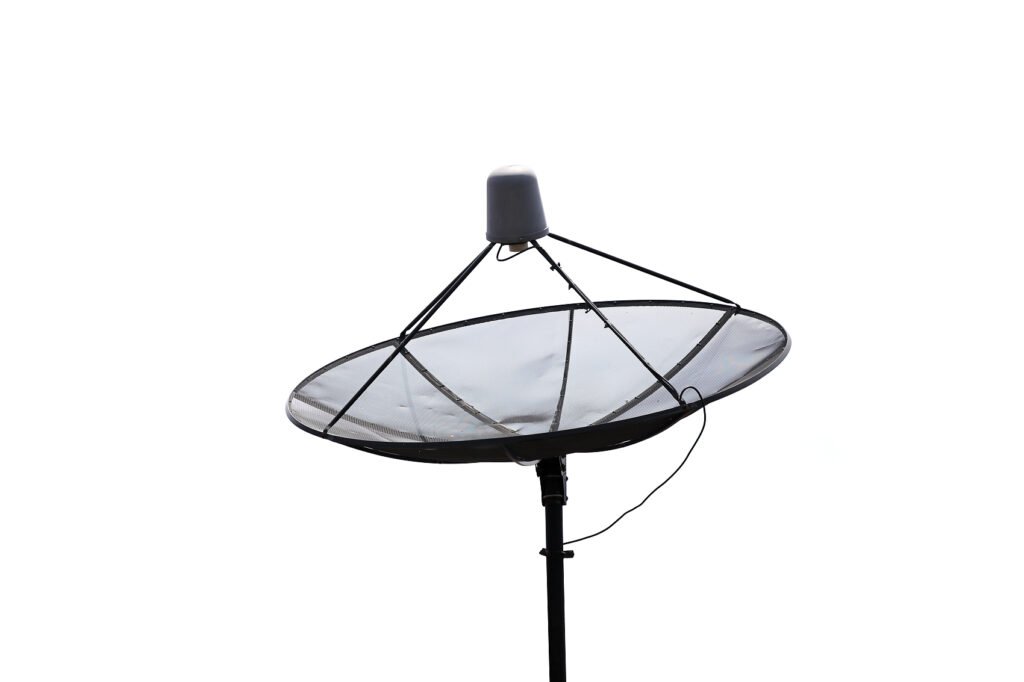Understanding the Differences Between LNB and BUC in Satellite Communication
Introduction to Satellite Communication Satellite communication is a pivotal technology in modern telecommunications, enabling long-distance signal transmission and connectivity across the globe. It utilizes artificial satellites to relay and amplify signals, making it possible to broadcast television, provide internet access, and facilitate secure military communications, among other applications. By transcending terrestrial limitations, satellite communication ensures …
Understanding the Differences Between LNB and BUC in Satellite Communication Read More »


